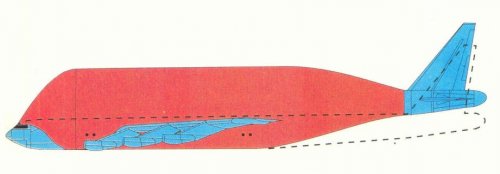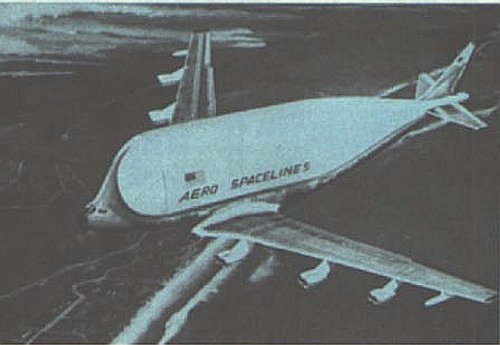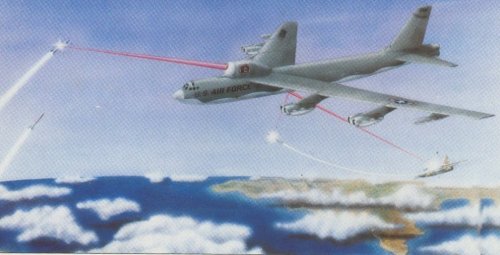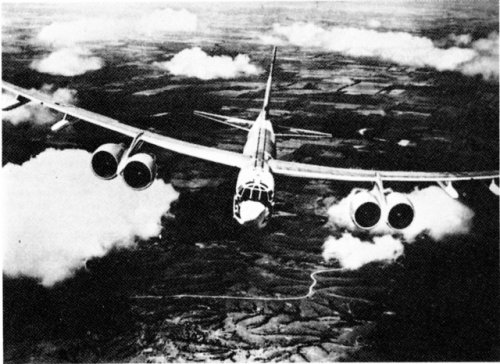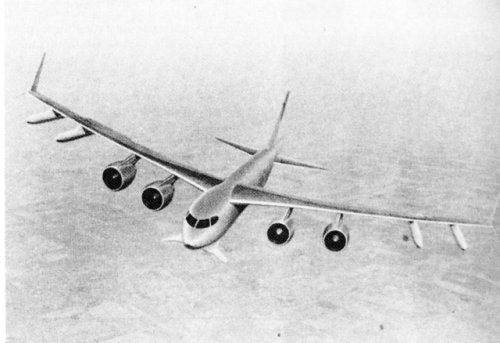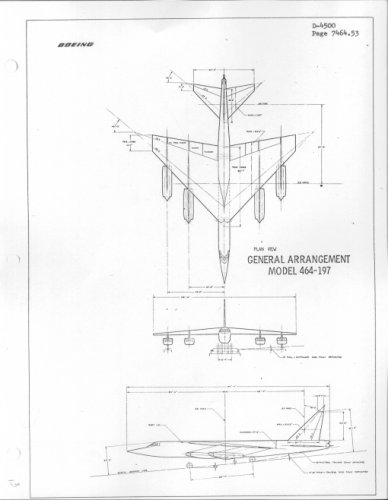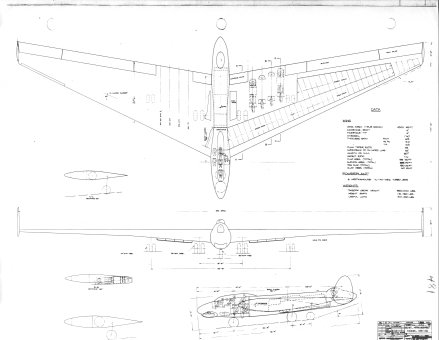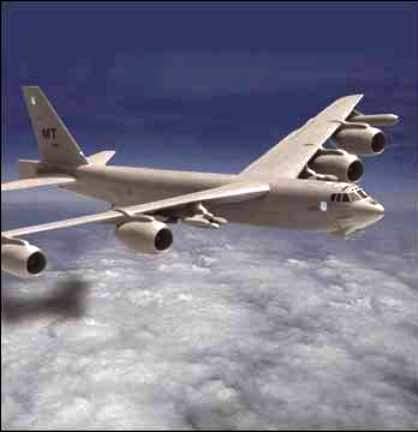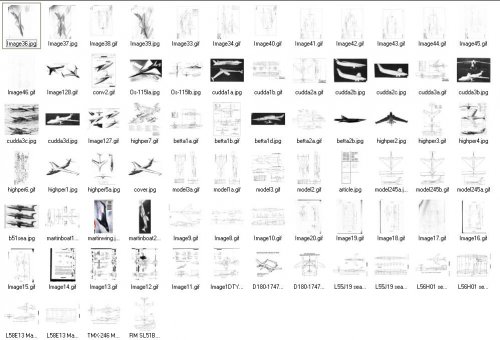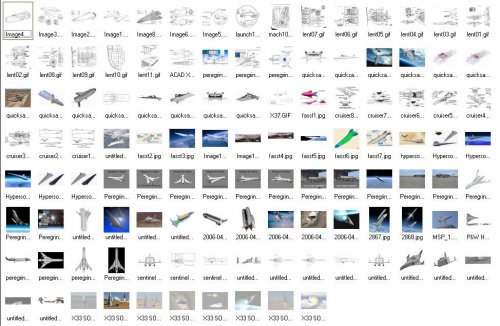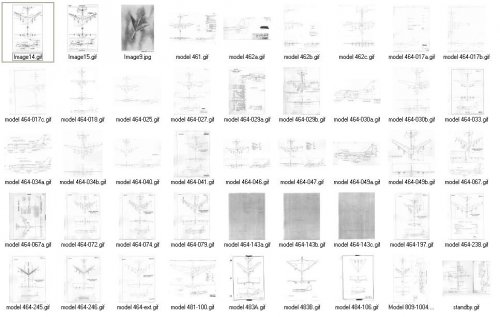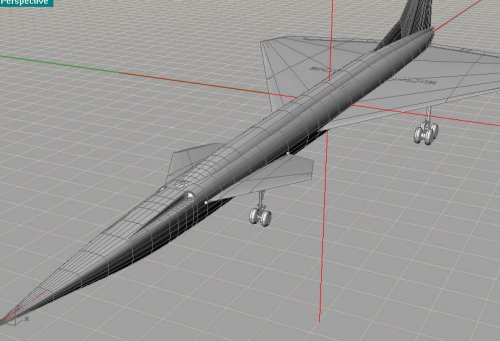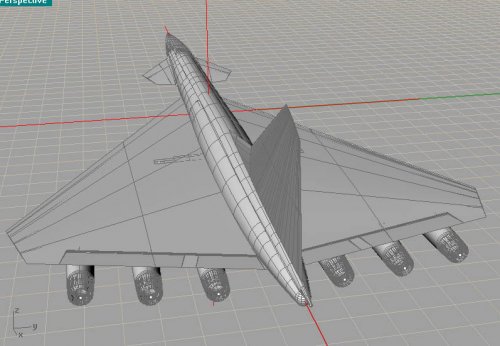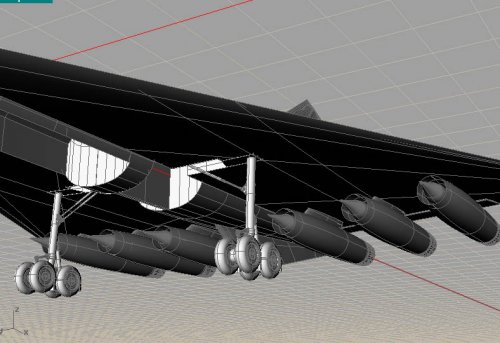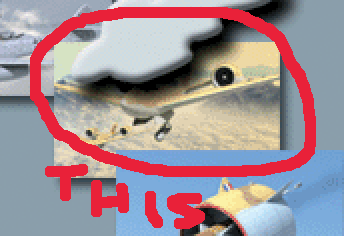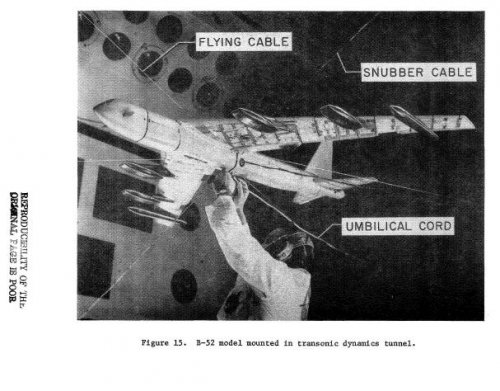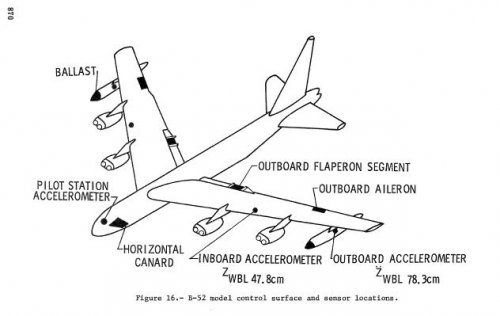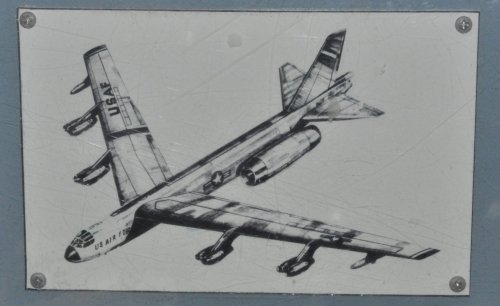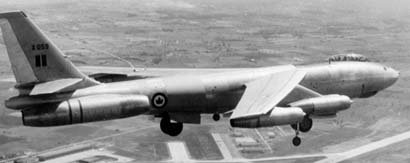F-14D said:
Someone else might be able to provide more detail, but two of the biggest reasons seem to have been:
No one wanted to ask Congress for the upfront money that might be taken from another program USAF wanted more (similar to why, although virtually everyone wants it to have more power, USAF has never been willing to seriously entertain re-engining the A-10).
Not Invented Here; Washington doesn't regularly look on ideas that come from outside its hallowed acres with much favor.
As for reports detailing reasons for rejection on ideas that USAF didn't ask for, remember that DoD is under no obligation to respond to or evaluate unsolicited proposals. It can reject them and give a reason, reject them and give no reason, or simply ignore them. In fact, even if the proposals are in response to an inquiry of interest without any definition of a follow-on solicitation, DoD can do the same thing.
I think there were a couple of other factors involved. They sort of agree with what you wrote.
One was the fact that the contractors were not simply making an unsolicited proposal, but were proposing something that the Air Force had not prioritized. It might have been a great idea, but it was not something that the USAF leadership had already decided to spend money on. That creates two problems. The first problem is that it forces USAF to find something to take the money from to give to this new project. The second problem is that it becomes tough to argue for in front of Congress. Congress (rightly) will ask: "if this is so important, why didn't you guys think of it?"
I think the second problem was that the contractors were proposing a unique approach. I forget the details, but they were essentially offering to provide the reengining "free" in return for a servicing contract. They wanted to in effect lease the engines to the USAF. You can imagine a lot of problems with that. First, from a bureaucratic standpoint, there may not be a method to do this. It might not actually be _legal_ for USAF to sign such an agreement. (Of course, the solution is to change federal contracting law to make it legal, but changing a law is not easy.) Second, such an arrangement then puts the government at risk of the contractor jerking them around--the contractor could in effect say "We are raising your rent, and if you don't like it, we will take our engines back." That would require all kinds of contract stipulations to forbid this from happening.
I thought that the reengining idea was great, until I realized that it had a lot of strings attached.

